ART T4 Handleiding
Bekijk gratis de handleiding van ART T4 (2 pagina’s), behorend tot de categorie Microfoon. Deze gids werd als nuttig beoordeeld door 37 mensen en kreeg gemiddeld 4.8 sterren uit 19 reviews. Heb je een vraag over ART T4 of wil je andere gebruikers van dit product iets vragen? Stel een vraag
Pagina 1/2

The Microphone
The ART T4 tube condenser microphone is perfect for recording both critical vocals and instruments.
The dual 35mm gold diaphragm and hand selected low noise 7025 tube deliver unmatched war mth
and tone.
The unique multi-pattern design delivers nine dierent polar pattern settings including the standard
Cardioid, Figure-8 and omnidirectional patterns including gradient stages between each allowing
subtle variations in tone and response ensuring you have the ideal sound for virtually any recording
application.
The included external heavy-duty cradle mount suspension virtually eliminates vibration and handling
noise, while at the same time safely securing the microphone in any position needed during the
recording process.
The Power Supply & Controls
The ART T4 has nine available polar patterns, selectable from the front panel of the power supply.
Rather than limiting the user to only the three most common patterns (omnidirectional, cardioid, and
gure-8 patterns), the ART T4 has three gradient stages between each of those positions.
This allows the artist and recording engineer far more versatility. In vocal applications where an
omnidirectional pattern isn't quite 'fat' enough, but cardioid is too narrow, you now have three
additional steps to nd the right subtle mix between those two standard patterns. With the ART T4
you have the rare oppor tunity to use the proximity eect of a cardioid, yet still open up the
microphone to hear some of the natural early reections of a good sounding live room.
Care of your ART T4
All large diaphragm condenser microphones are fragile. They do not like to be exposed to any
sharp impact that may stretch or knock the element out of alignment including being dropped,
tapped, or being blown into. This is especially true of any tube condenser microphone, including
the ART T4 .
It is always advisable to use a pop lter when recording vocals not only to avoid sibilance (overly
accentuated 'S', ‘P’ and ‘B’ sounds) but also to keep excessive moisture of f the element.
The outer shell of your mic can be cleaned with a soft damp cloth. Do not use harsh detergents,
solvents, or abrasive materials. Never immerse any microphone in water.
Multi-pattern High Performance
Studio Tube Condenser Microphone
Canada: Yorkville Sound - 550 Granite Court, Pickering, Ontario - Canada L1W 3Y8
USA: Yorkville Sound - 4625 Witmer Industrial Estate - Niagara Falls, NY USA 14305
RT T4 Features and Accessories:
Constant Voltage Power Supply Module
9-position multi-pattern selection control on power supply module
provides omnidirectional, cardioid and gure-8 patterns with three
gradient settings between each position. Constant voltage ensures
quiet operation.
Shockmount Cradle Adaptor
Stops noise from transferring through the oor and mic stand to the
sensitive microphone capsule.
7-pin XLR shielded Microphone Cable
Provides clean signal from microphone while transferring power to
drive capsule and preamp from power supply .

Multi-pattern High Performance
Studio Tube Condenser Microphone
Canada: Yorkville Sound - 550 Granite Court, Pickering, Ontario - Canada L1W 3Y8
USA: Yorkville Sound - 4625 Witmer Industrial Estate - Niagara Falls, NY USA 14305
Understanding Multiple Polar Patterns
An omni-directional pattern will give your mic the ability to pickup
sound from all directions. This is ideal for recording sounds that
emanate from multiple directions, or picking up the source material as
well as the natural ambiance and reverberation of a room.
Omnidirectional patterns also have no proximity effect, or ‘bottom
end enhancement’ as the source gets closer to the microphone. This
makes an omnidirectional pattern ideal for use recording choirs,
string sections, background vocals or acoustic instruments where a
natural ‘open’ tone quality is preferred.
The cardioid pattern is ideal for single instrument or solo vocal use.
This pattern picks up only sound directly in front of the microphone,
and sounds from back and sides of the microphone are rejected. The
cardioid pattern also has the most pronounced proximity effect, and
best off-axis rejection.
Bi-directional or figure 8 will hear sound from both front and back.
This is ideal for recording a main sound while still picking up room
ambience from behind or duets with two vocalists.
The ART T4 has three gradient patterns between omnidirectional and
cardioid, and an additional three gradient patterns between cardioid
and figure-8 making for a total of nine available polar patterns. These
additional polar patterns allow a subtle combination of proximity
effect, off-axis rejection, overall EQ or tonal response.
As a tube condenser microphone, the ART T4 requires its proprietary
power supply to operate.
The microphone’s chassis is precision-tooled zinc/aluminum alloy with
a dent resistant stainless-steel wire-mesh windscreen. The included
heavy-duty cradle-mount suspension virtually eliminates vibration and
handling noise, while at the same time safely securing the microphone
in any position needed during the recording process.
The ART T4 should always be stored in its carrying case when not in use.
Specifications:
Type: Multi-pattern Tube Microphone
Capsule: 35mm Diaphragm Side Address
Polar Pattern: 9-Patterns Including Cardioid,
Figure-8, Omnidirectional
Frequency Response: 20Hz to 20kHz
MAX SPL: 134dB
S/N Ratio: 78dB
Sensitivity: -36dB (+/-2dB)
Self Noise: 18dB A
Impedance: <200 ohms
Recommended Load Impedance: 1000 ohms
Power requirement: Dedicated Power Supply
Included Accessories: Heavy Duty Cradle Mount, 7-pin XLR Cable,
Padded Wood Microphone Case,
Aluminum Carrying Case
Dimensions: 63mm x 252.7mm
Dimensions: 2.5 inches x 10 inches
Product specificaties
| Merk: | ART |
| Categorie: | Microfoon |
| Model: | T4 |
Heb je hulp nodig?
Als je hulp nodig hebt met ART T4 stel dan hieronder een vraag en andere gebruikers zullen je antwoorden
Handleiding Microfoon ART

4 Juni 2023

11 Mei 2023

8 Mei 2023

3 Mei 2023

2 Mei 2023

1 Mei 2023

27 April 2023

12 April 2023

1 April 2023

1 Maart 2023
Handleiding Microfoon
- Isovox
- King Lucky
- Auna
- NUX
- Nacon
- Epcom
- Gravity
- Jabra
- Purple Panda
- Hohner
- Voice Technologies
- Crestron
- Earthworks
- Atlas
- IDance
Nieuwste handleidingen voor Microfoon
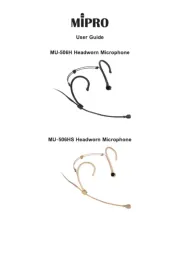
29 Juli 2025
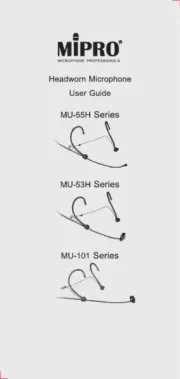
29 Juli 2025
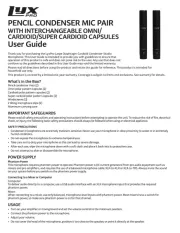
29 Juli 2025

29 Juli 2025
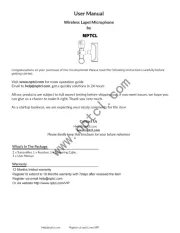
28 Juli 2025
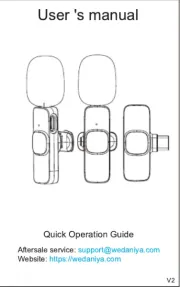
28 Juli 2025
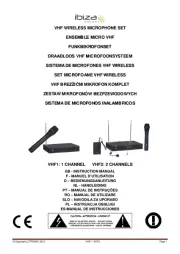
28 Juli 2025
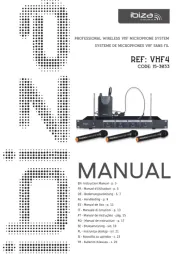
28 Juli 2025
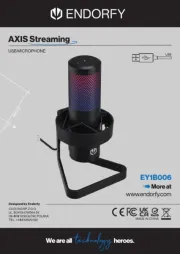
23 Juli 2025
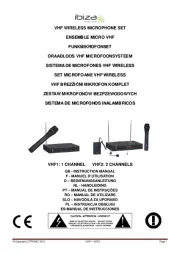
22 Juli 2025